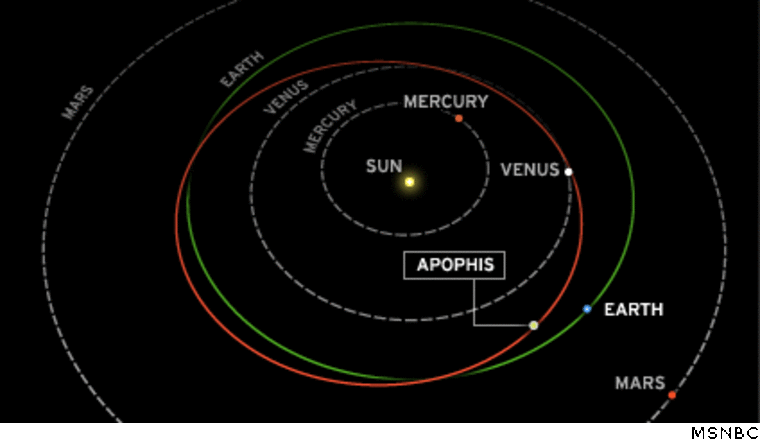The mineral composition of a near-Earth asteroid with a slight chance of striking our planet in 2036 has been determined for the first time.
By analyzing sunlight reflected off its surface, scientists say the asteroid is a "good match" for a rare type of stony meteorite known as a type LL chondrite. This group of space rocks represents just 7 percent of the known meteorites that fall to Earth.
The finding, presented last week at an annual meeting of the Division for Planetary Sciences of the American Astronomical Society, could be useful in planning future missions to explore Apophis or in protecting Earth from a future impact.
"Basic characterization is the first line of defense," said study team member Richard Binzel of the Massachusetts Institute of Technology. "We've got to know the enemy."
Apophis' composition is similar to that of , the asteroid visited by the Japanese Hayabusa mission, Binzel told Space.com.
Apophis is currently about 158 million miles (254 million kilometers) from Earth and will not be visible again for several years. On April 13, , it will pass within 22,000 miles (35,000 kilometers) of Earth, but there is a small possibility — about one chance in 45,000 — that it could be on a collision course with our planet when it comes by again in 2036.
